Stream Restoration
Examples of our urban, rural and wildland stream restoration projects.
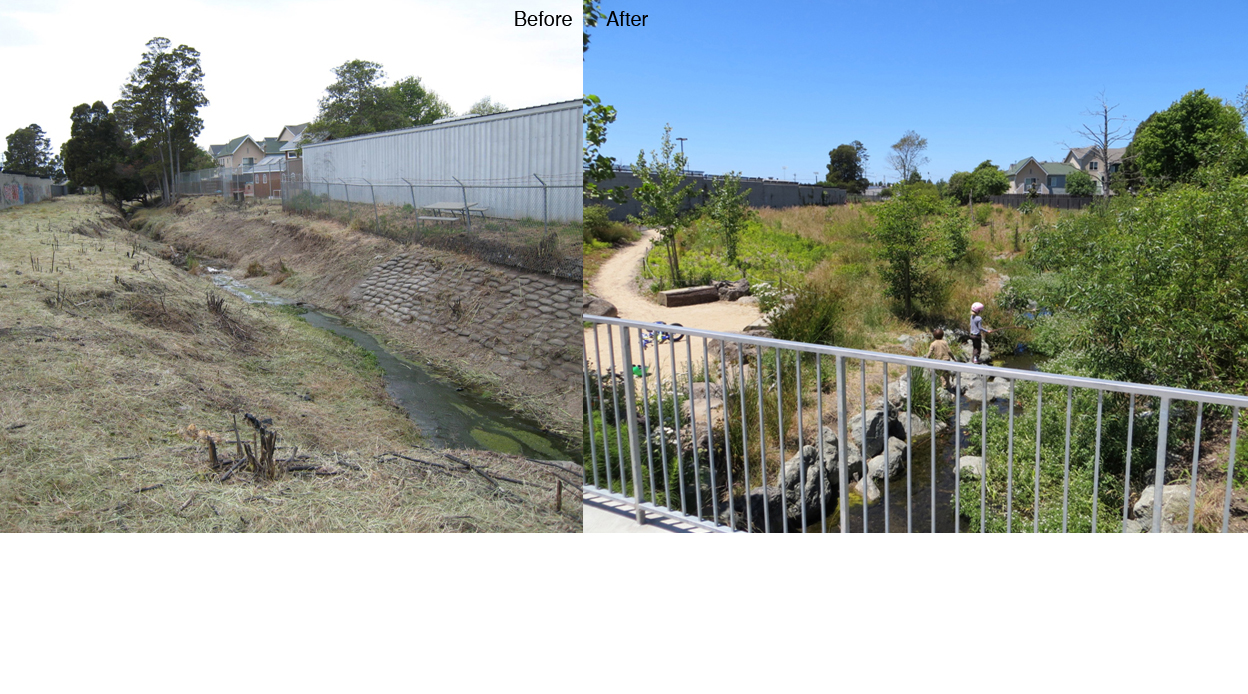
Lower Codornices Creek, City of Albany
Over the past decade and through three major phases of planning and implementation, RDG has designed the restoration and trail network for 1,500 feet of Codornices Creek on the Berkeley-Albany border. RDG’s designs have increased flood conveyance, enhanced fish passage, and improved the ecological health of this remarkable, urban, trout-bearing stream. As is typical with many of our projects, RDG has been involved in planning and designing the restoration of Codornices Creek for a long time. RDG developed the original master plan that guides restoration and is active in many restoration efforts throughout the watershed.
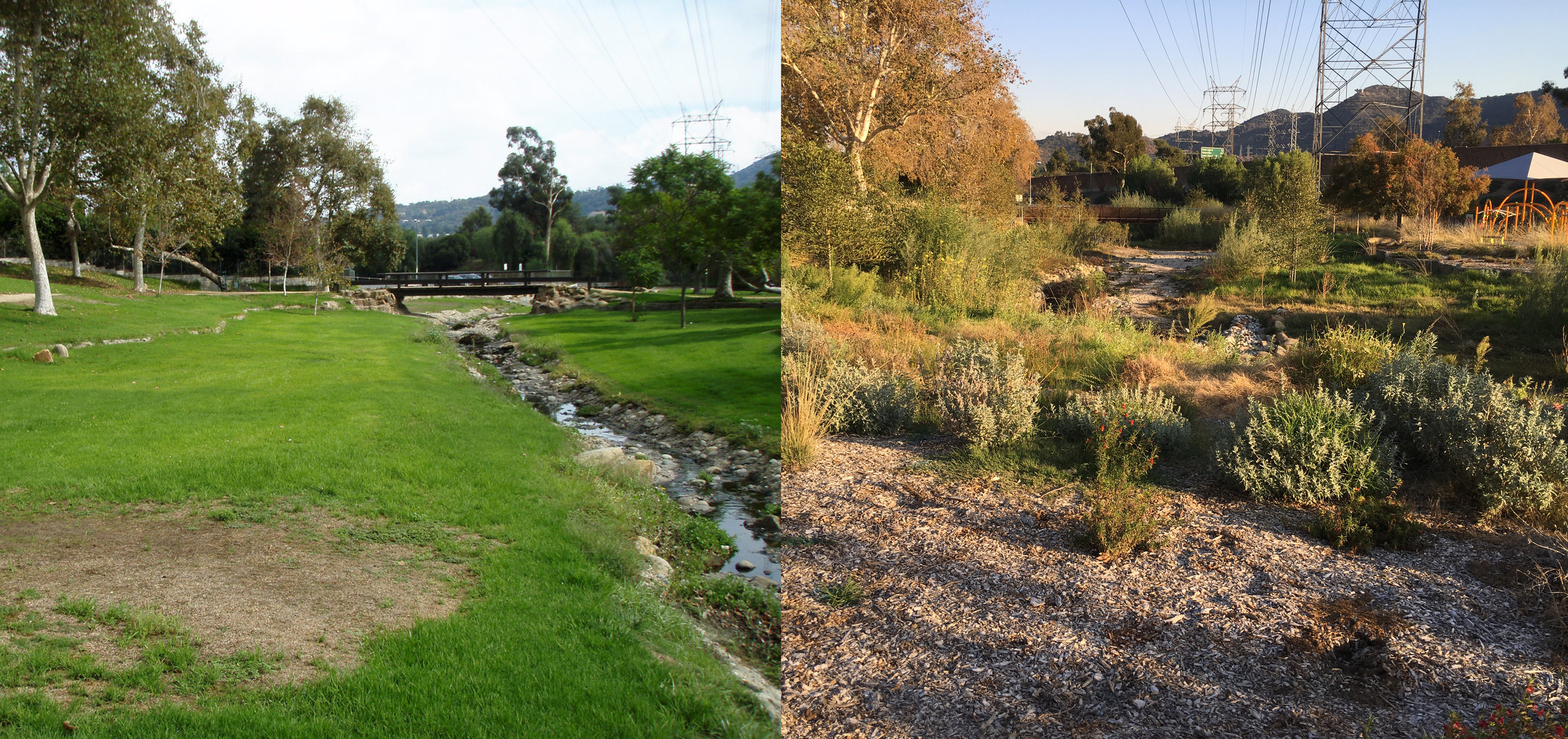
Tujunga Wash Restoration at Johnny Carson Park, City of Burbank
As sub-consultants to AHBE Landscape Architects, Restoration Design Group designed the Tujunga Wash restoration component of the Johnny Carson Park rehabilitation. Tujunga Wash was a gunite channel with almost no vegetation in or along the creek. RDG designed a natural channel through the park to increase habitat, encourage groundwater infiltration, and reduce maintenance costs.
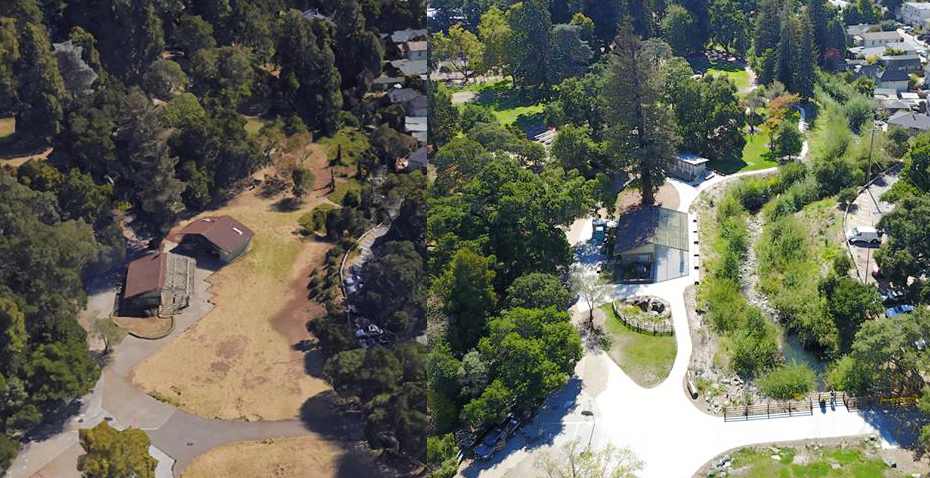
Sausal Creek in Dimond Park, City of Oakland
For the City of Oakland, RDG designed the daylighting and restoration of 800 linear feet of Sausal Creek in Dimond Park. The project removed an aging culvert, provided fish passage for rainbow trout, established native riparian vegetation and rehabilitated the area of the park fronting the creek.
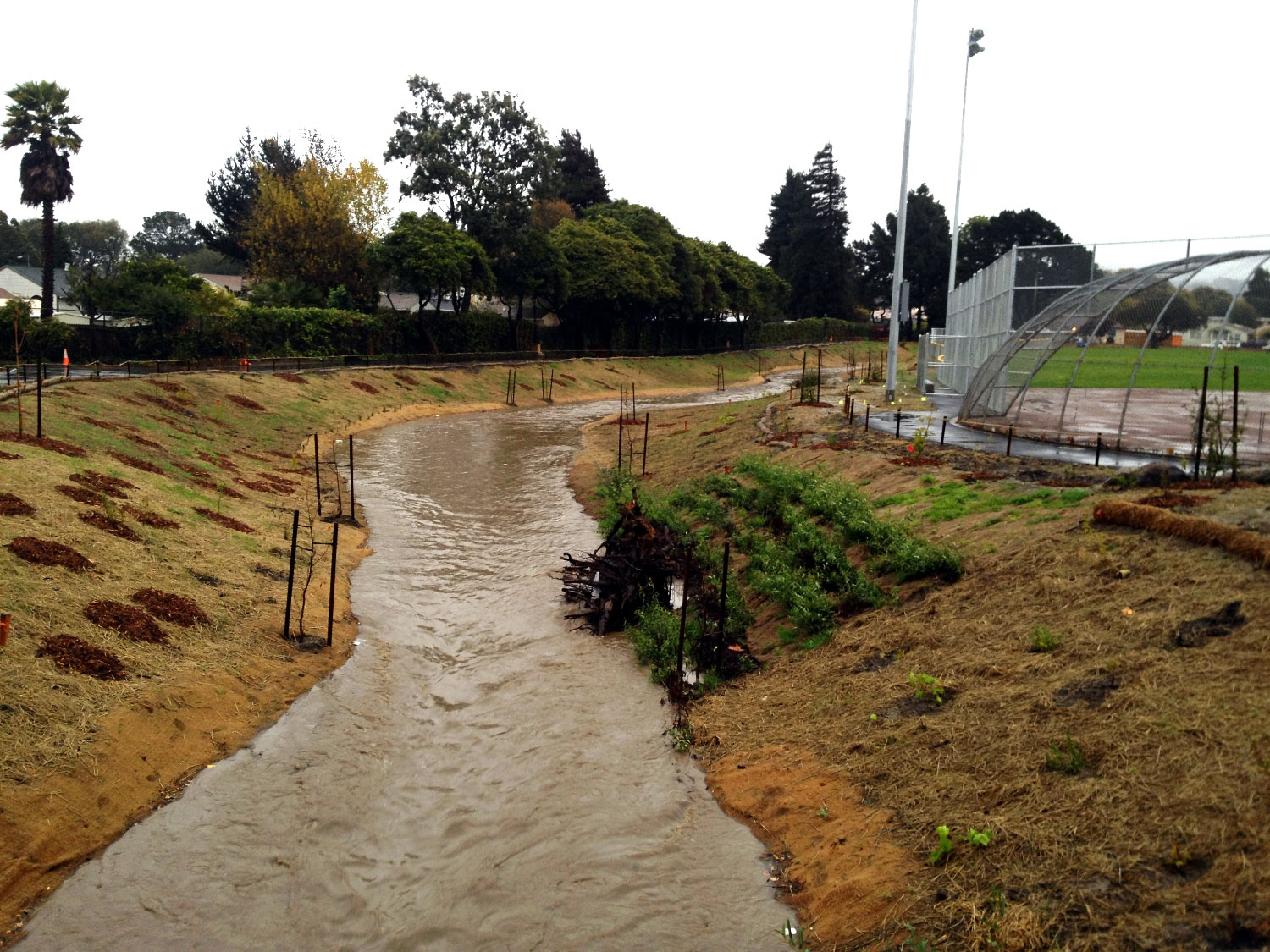
Wildcat Creek at Davis Park, City of San Pablo
Wildcat Creek flows from the East Bay Hills, through the cities of Richmond and San Pablo, and into San Pablo Bay. A 500-foot long culvert in Davis Park in San Pablo was one of two permanent fish barriers between the Bay and spawning grounds in Wildcat Canyon Regional Park. Restoration Design Group designed the culvert removal, creek restoration, and trail. To accommodate the new creek channel, RDG re-designed other park features including the baseball field, soccer field, ball field lighting, and a pedestrian bridge.
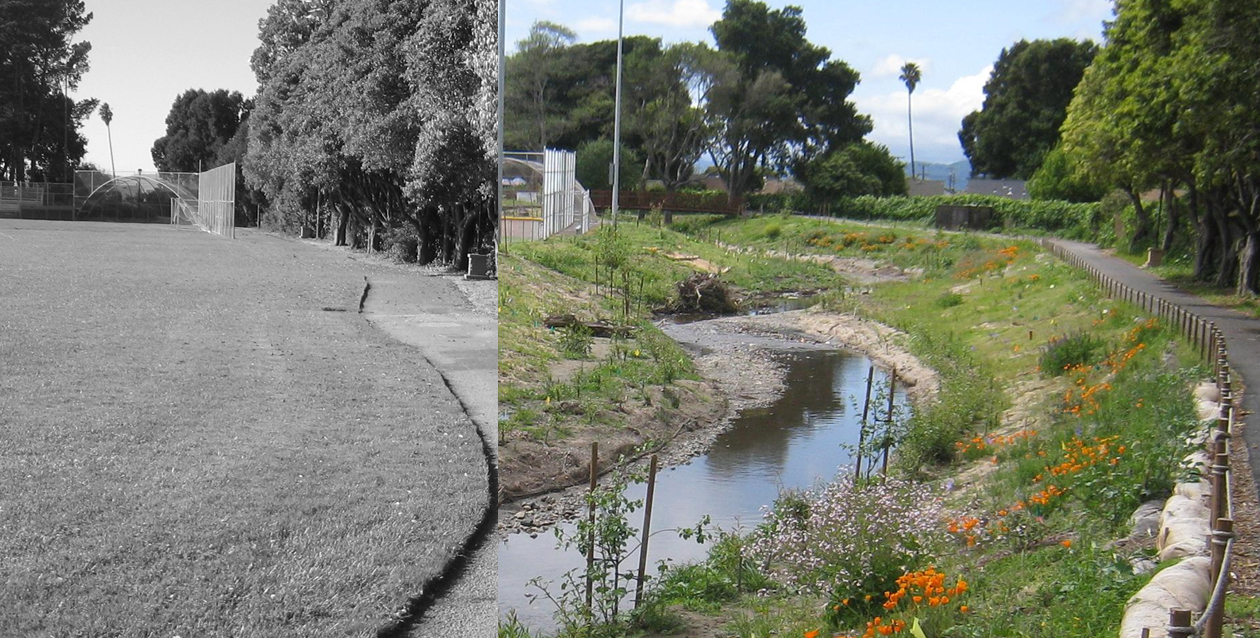
Wildcat Creek at Davis Park, City of San Pablo
Wildcat Creek flows from the East Bay Hills, through the cities of Richmond and San Pablo, and into San Pablo Bay. A 500-foot long culvert in Davis Park in San Pablo was one of two permanent fish barriers between the Bay and spawning grounds in Wildcat Canyon Regional Park. Restoration Design Group designed the culvert removal, creek restoration, and trail. To accommodate the new creek channel, RDG re-designed other park features including the baseball field, soccer field, ball field lighting, and a pedestrian bridge.
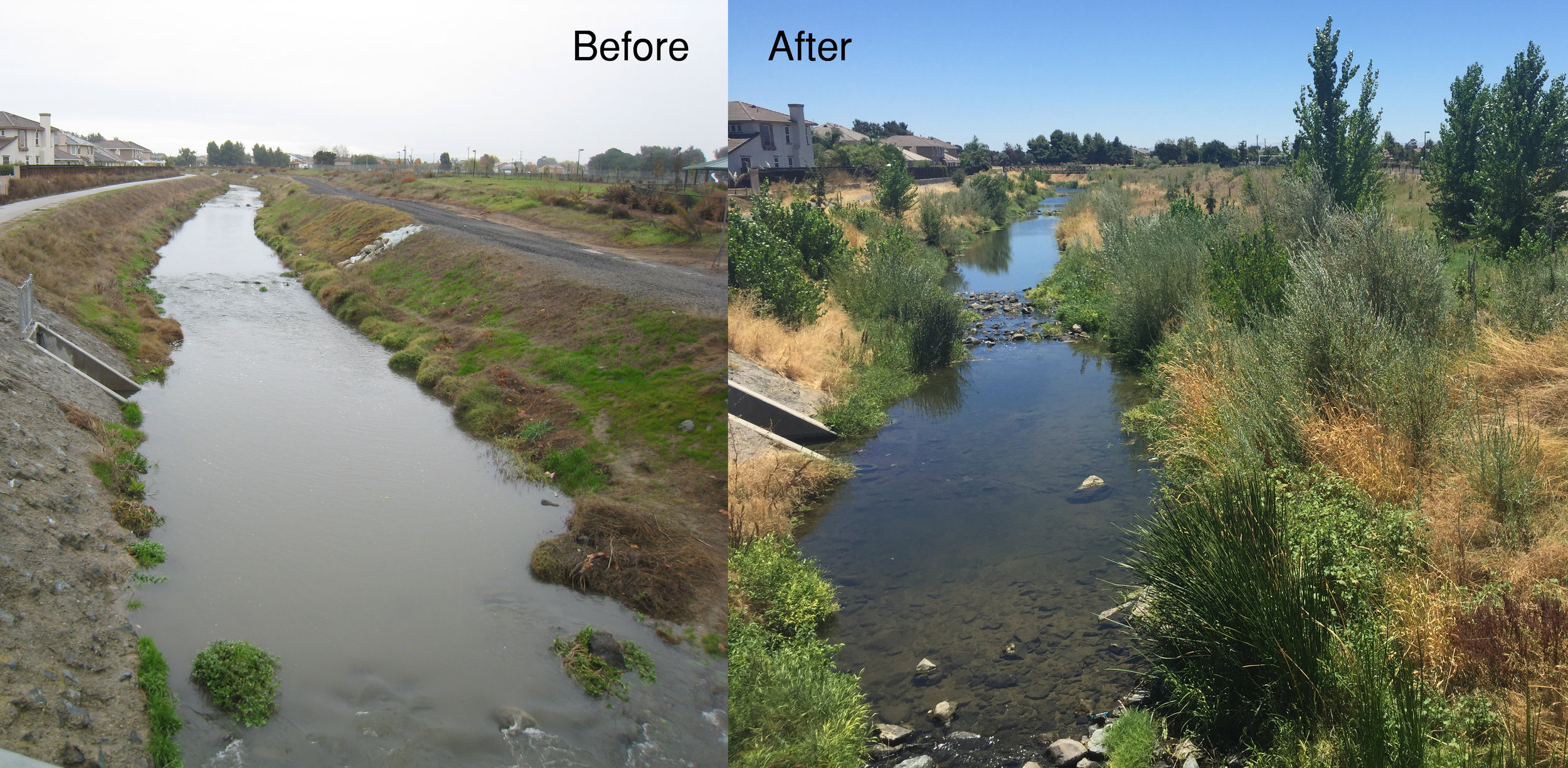
Marsh Creek Restoration at Creekside Park, City of Oakley
To improve habitat and water quality, Restoration Design Group designed a three-acre floodplain adjacent to the Marsh Creek flood control channel. The project, located in the City of Oakley’s Creekside Park and alongside the East Bay Regional Park District’s Marsh Creek Regional Trail, created the only floodplain habitat along seven miles of flood control channel. RDG designed the restoration and public access project to integrate with the existing ballfields, bocce courts, picnic facilities, and BMX park. A pedestrian bridge spanning the creek and floodplain completes a half-mile loop trail for park users.
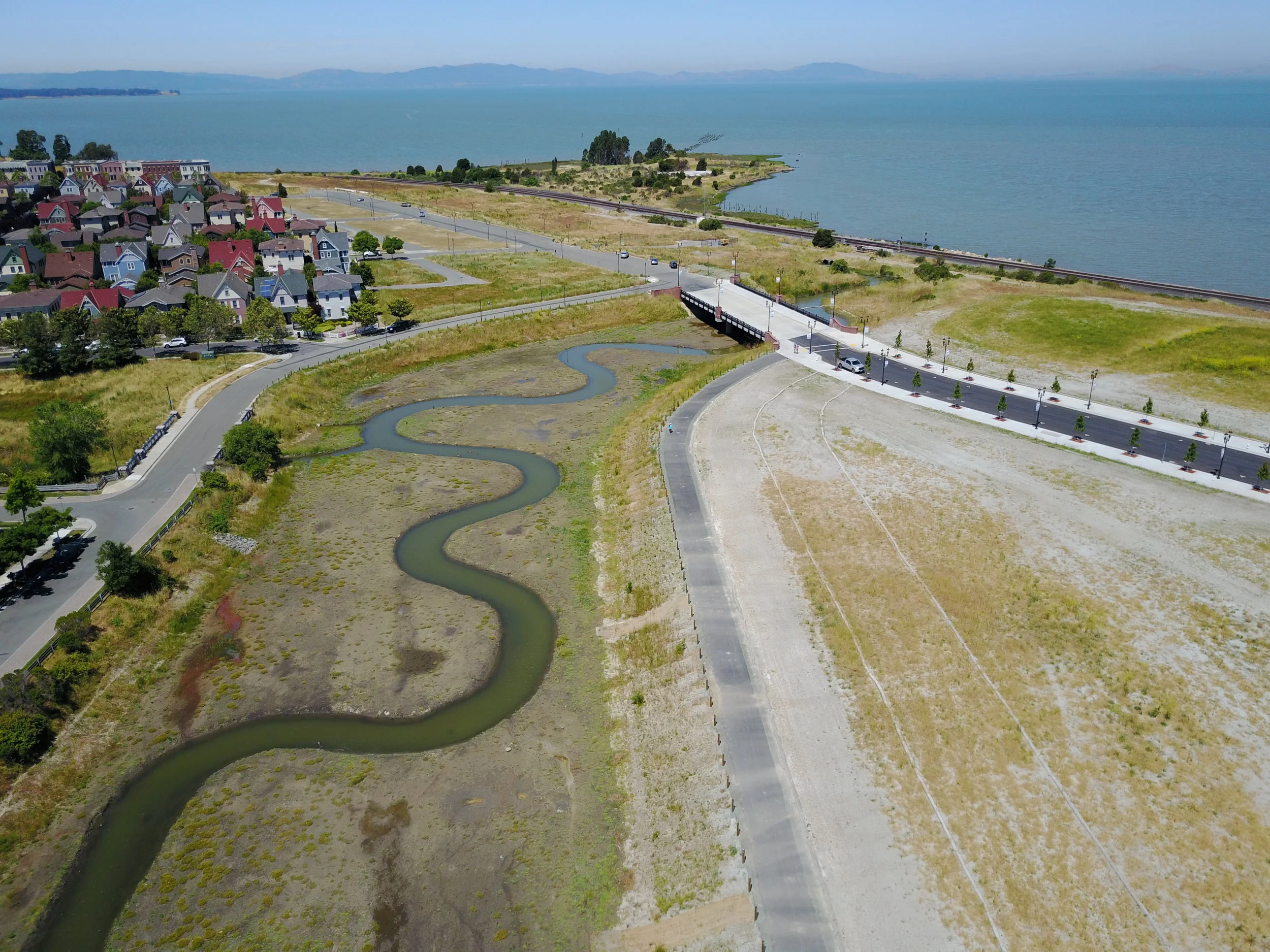
Refugio Creek in Hercules
RDG designed the restoration of 1,500 feet of the mouth of Refugio Creek. The project created tidal marsh, improved flooding, and established an ecological amenity adjacent to the City of Hercules' planned Intermodal Transit Center.
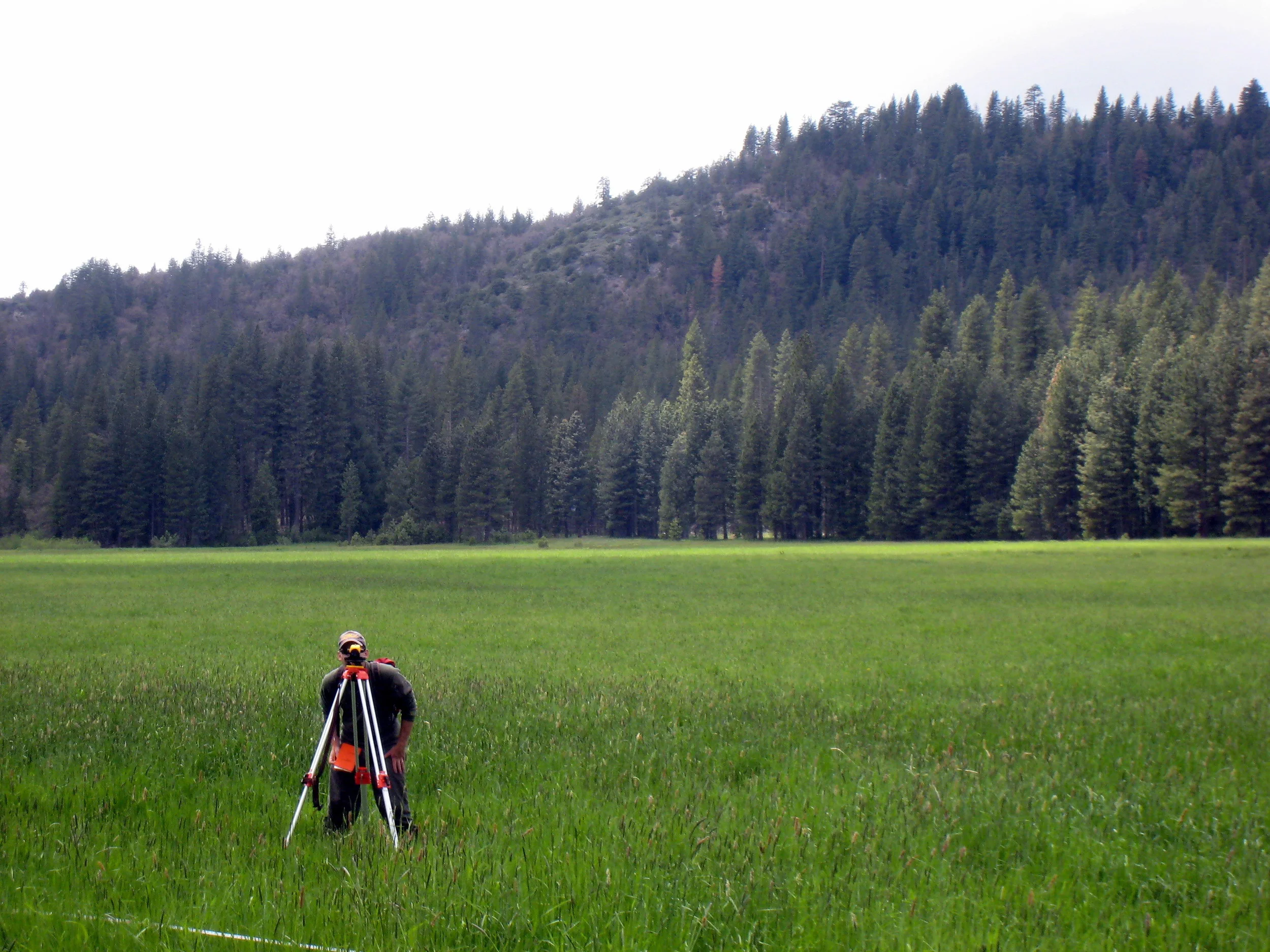
Bear Valley Meadow Restoration, American Rivers
Restoration Design Group was the design lead on a team of non-profit groups, tribal government, and universities working to restore Bear Valley Meadows. RDG created several robust restoration designs that responded to varying assumptions about hydrologic inputs, land uses, and cost. RDG’s designs were used to advocate for meadow restoration during the Drum-Spaulding Federal Energy Regulatory Commission re-licensing process.
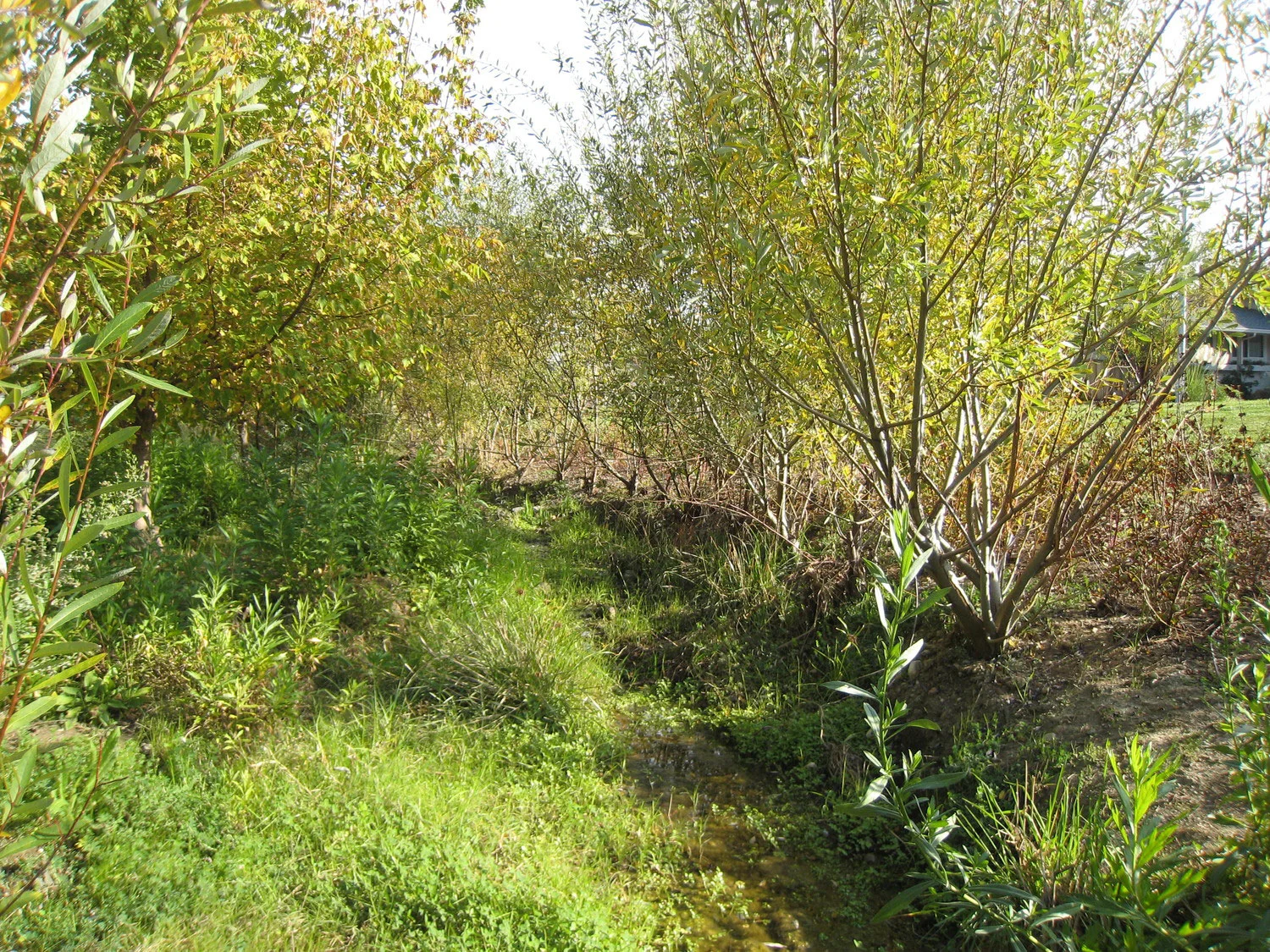
Kottinger Creek Park Improvements, City of Pleasanton
At Kottinger Creek Park, RDG designed a creek restoration project that reflected the aesthetic and security values of the surrounding suburban neighborhood. Through a series of community meetings, RDG crafted a design approach that maintained sight lines, provided creek access, and converted what was essentially a grass-lined ditch into a thriving stream and floodplain ecosystem. Small foot bridges replaced culverts and songbirds returned to inhabit the restored floodplain. As a result, Kottinger Creek Park has become a valued neighborhood amenity and frequent destination for school field trips.

Wildcat Creek at Tilden Park Golf Course, East Bay Regional Park District
The upper watershed of Wildcat Creek flows through Tilden Park. The high-gradient stream and one of its tributaries had begun to unravel, creating a management challenge for the EBRPD. To repair and enhance the step-pool reach of the creek, RDG designed steps to slow the existing headcuts, a gravel augmentation regime to allow for continued self-organization of the channel, graded slopes, and native plantings along the length of the project. As a result of the creek restoration, Audubon International certified the Tilden Park Golf Course as an Audubon Sanctuary.

Baxter Creek Gateway, City of El Cerrito
El Cerrito’s northern entry was converted from the former BNSF rail line into an extension of the popular Ohlone Greenway. The restoration of Baxter Creek created riparian habitat and an outdoor laboratory.

Sausal Creek Restoration at Dimond Canyon
Set in the Oakland Hills above Dimond Park, this project restored a reach of Sausal Creek compromised by a series of failing dam structures. Three dams caused channel incision and lateral scour and prevented the upstream migration of native trout. The banks were failing, compromising the creek-side trail, and invasive vegetation encroached on valuable habitat. Drew Goetting, RDG Principal, designed the creek restoration that removed the dams, created fish habitat and a stable channel, and secured the banks. The design included some of the earliest step-pool restoration in a steep gradient Bay Area stream.
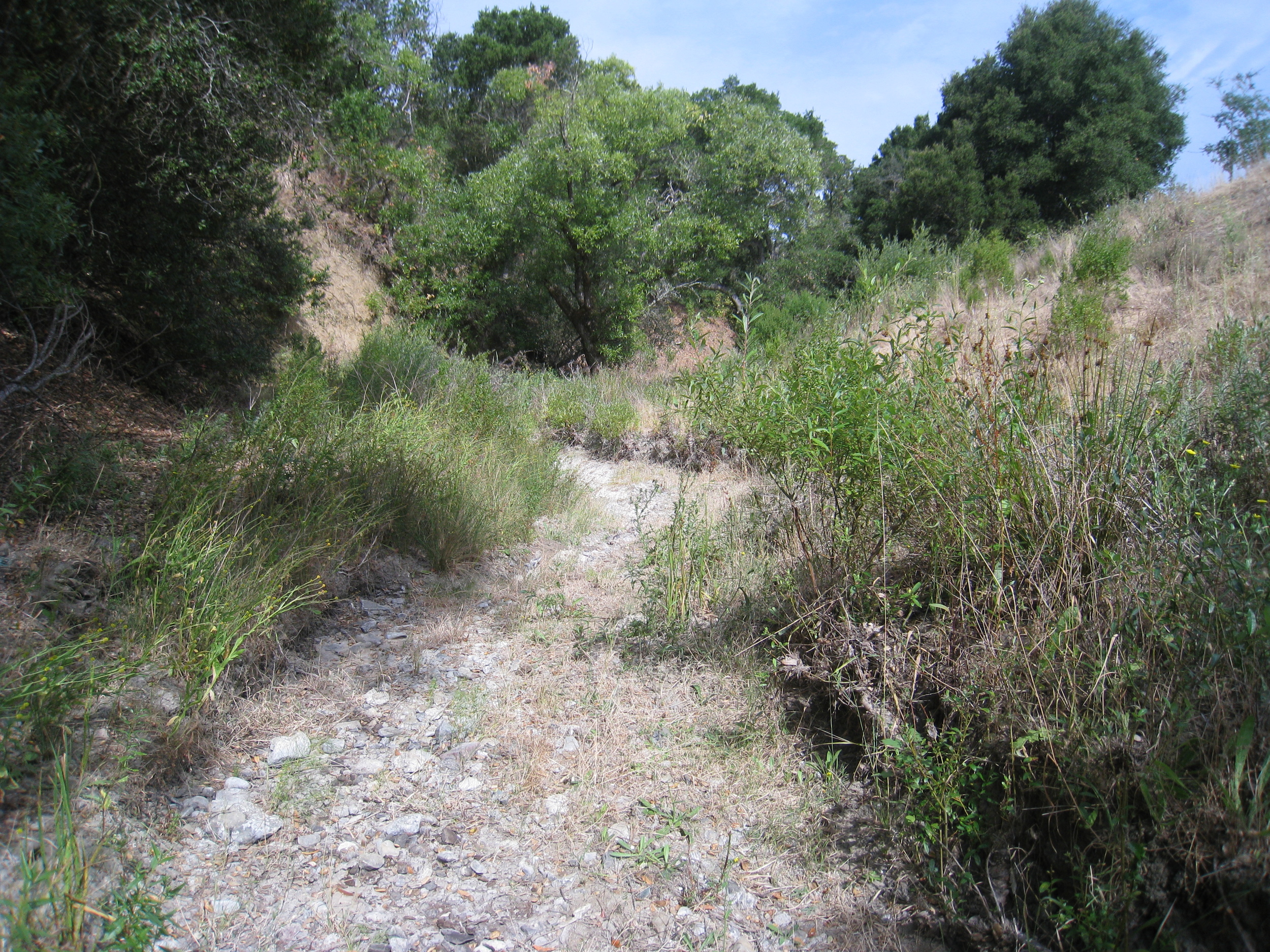
Fernandez Ranch, John Muir Land Trust
The project restored over 1,000 feet of Rodeo Creek and two of its tributaries. The project setback the banks, selectively excluded cattle grazing, and restored native vegetation to severely unstable reaches of creek on the ranch. In addition to designing the project, RDG guided the client through the complex environmental documentation and permitting process, and authored several winning grants securing over $2 million for the project.













Stream Restoration
Examples of our urban, rural and wildland stream restoration projects.